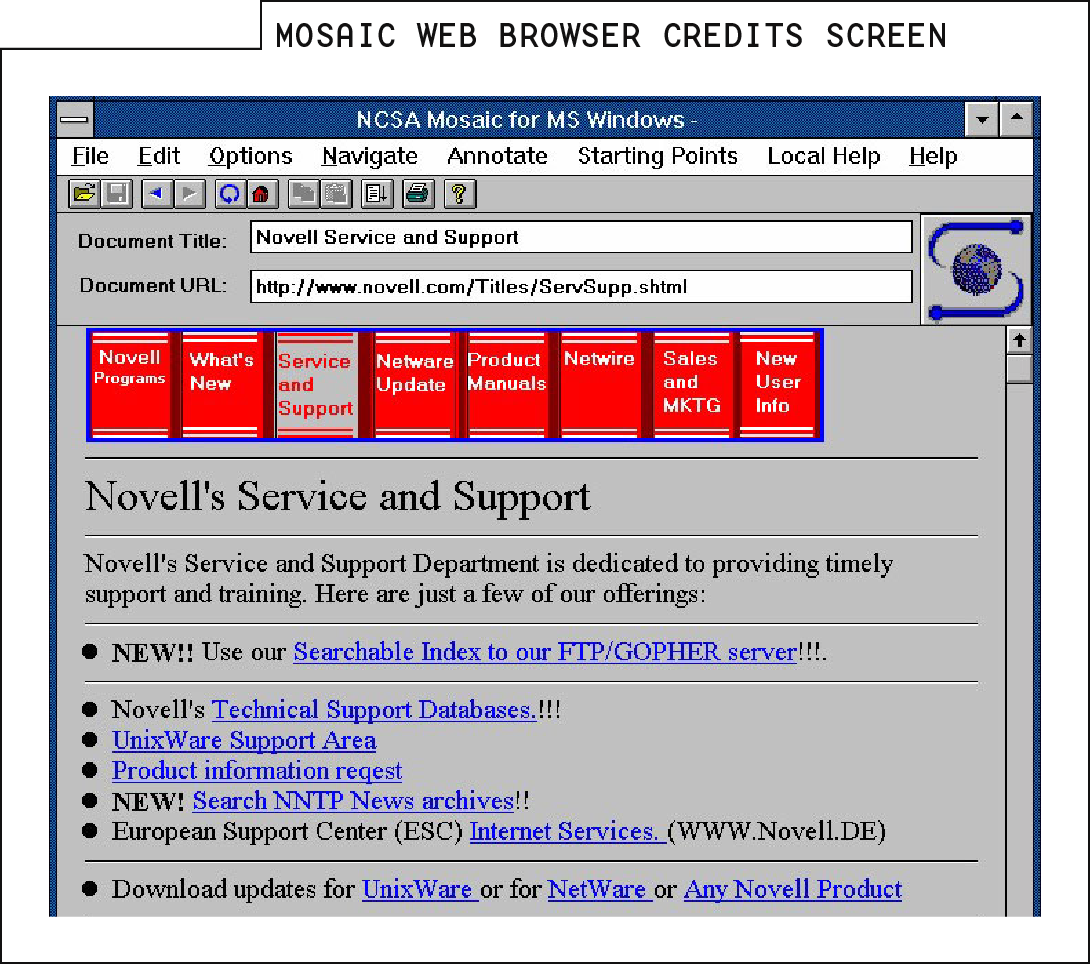Screens, Research and Hypertext
Powered by 🌱Roam GardenThe Hyperlink's Fatal Flaw
HTML links assume everyone on the web acts in good faith.
The hyperlink is maturing. It turned 30 this year—about the age to start thinking about going out less, getting married, maybe starting to contribute to a 401(k).
It was born in a simpler, happier time. Back then, it stood out from all the other text, its medium-blue color and flashy underlining marking it out as something new, something different.

It graced the still-capitalized Web pages of scientists, researchers and a handful of computer enthusiasts. Links were thoughtful, perhaps only to be expected when each had to be coded by hand.
By the time the hyperlink hit its teenage years, it started to act out a bit. At first it was just harmless pranks. But then they went a bit off the rails. Sure, some were still in the hands of researchers, nonprofits and enthusiasts. But they also became the tools of trolls, misogynists, alt-right Nazis and Donald Fucking Trump.
In short, we realized that the web—like everywhere else—is full of bad actors.
These days, "Don't click on untrusted links" is computer security 101. But no one really seems to be asking: why are links the sort of things that require trust?
We have to trust links because the HTML link is blind. You see a link, but you have no idea where it goes. Sure, most browsers will display a URL in the bottom corner when you hover over a link. But those URLs are not always meaningful, and even where they are, you still have no idea what you will see once you arrive at the URL in question. That can be cool. But it's also a bit annoying when you've a task you're trying to accomplish.
Click on a link and you jump to a new location. Critics of HTML-style links often refer to them dismissively as "jump links." But it's not just hypertext purists who dislike the jump link. Usability tests of early hypertext systems found that jump links performed poorly with users.
The thing is, links don't have to work this way. That they do is a design choice.
For more context
The web wasn't the first hypertext system. It was the first hypertext system to be widely adopted.
What to read next
Links aren't just blind. They're dumb.
Other items of interest
The blog killed the carefully crafted, curated homepage.
Pre-web hypertext systems had more than one kind of link.
Sure the hyperlink could be better. But it's still pretty revolutionary.
Referenced in
Essentials of a Better Web
They're visible. No blind jump links. You should be able to see context before you click on a hyperlink.
Bidirectional Links
Up until the advent of the web, pretty much everyone who talked about hypertext assumed that links would be bidirectional. Indeed, plenty of hypertext theorists are still mad about mono-directional links.
Transclusion and URLs
The typical hyperlink has a third fatal flaw, through in this case the problem isn't really with the link itself. The problem is that links mostly point to pages. But it's pretty rare that anyone wants to transclude an entire page. Much more common is to include a few words, sentences, maybe even a couple of paragraphs.
Transclusion
When Sir Tim Berners-Lee built the three protocols that underlie the web—the hypertext transfer protocol (or http), the uniform resource locator (or URL) and a hypertext markup language (or HTML)—he prioritized linking between resources over embedding content. Indeed, in some ways, "linking between resources" overstates things. Properly speaking, HTML doesn't link resources so much as it provides an address where a relevant resource should be located. And even then, those links run in only one direction.